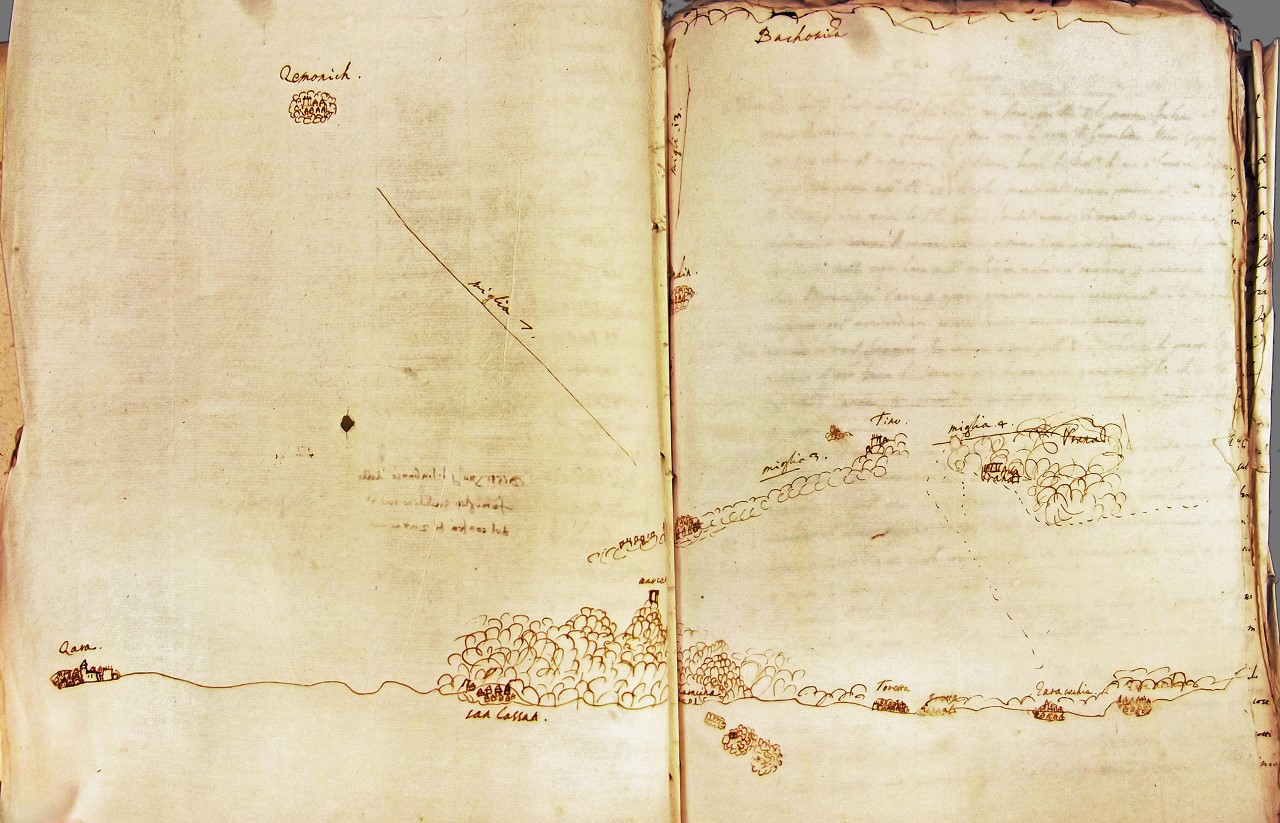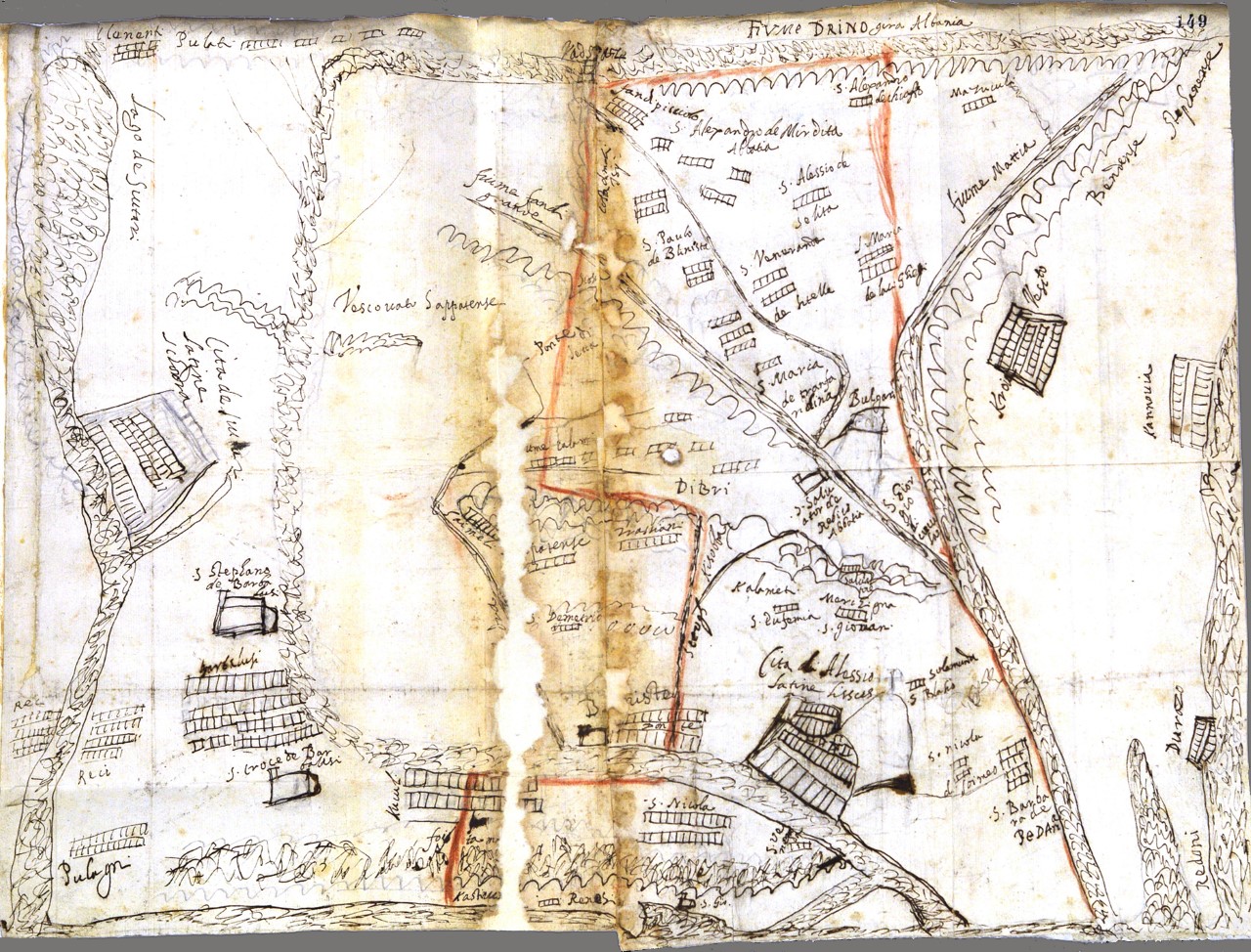Dana Caciur, Preparing for the Immigration of New Subjects: A Sketched Map of the Zadar Hinterland (Early Seventeenth Century)
Preparing for the Immigration of New Subjects: A Sketched Map of the Zadar Hinterland (Early Seventeenth Century) During the sixteenth century, Venetian Dalmatia had to deal with large waves of immigrants arriving from the Ottoman provinces of the inner Balkan peninsula. Searching for a more secure and stable place to live, individuals of different origins (Bosnian, Greeks, Vlachs, etc.) abandoned their homes, goods and routines and chose to move to territories administrated by the functionaries of the Venetian republic. Driven away by fear of the Turks, losses caused by wars or incursions for plunder, or hopes for a new life in better circumstances, large groups of people, identified by different ethnic labels and the status of ‘Ottoman subjects’ (sudditi Turchi), encountered the Venetian authorities and its administrative customs in Dalmatia. During the sixteenth century, the hinterland administrated by Venice on the eastern coast of the Adriatic proved to be insufficient to host and accommodate the increasing numbers of newly arrived inhabitants. Sixteenth-century Venetian Dalmatia consisted of the major coastal cities of Zadar, Šibenik, Trogir and Split and their rural [...]



